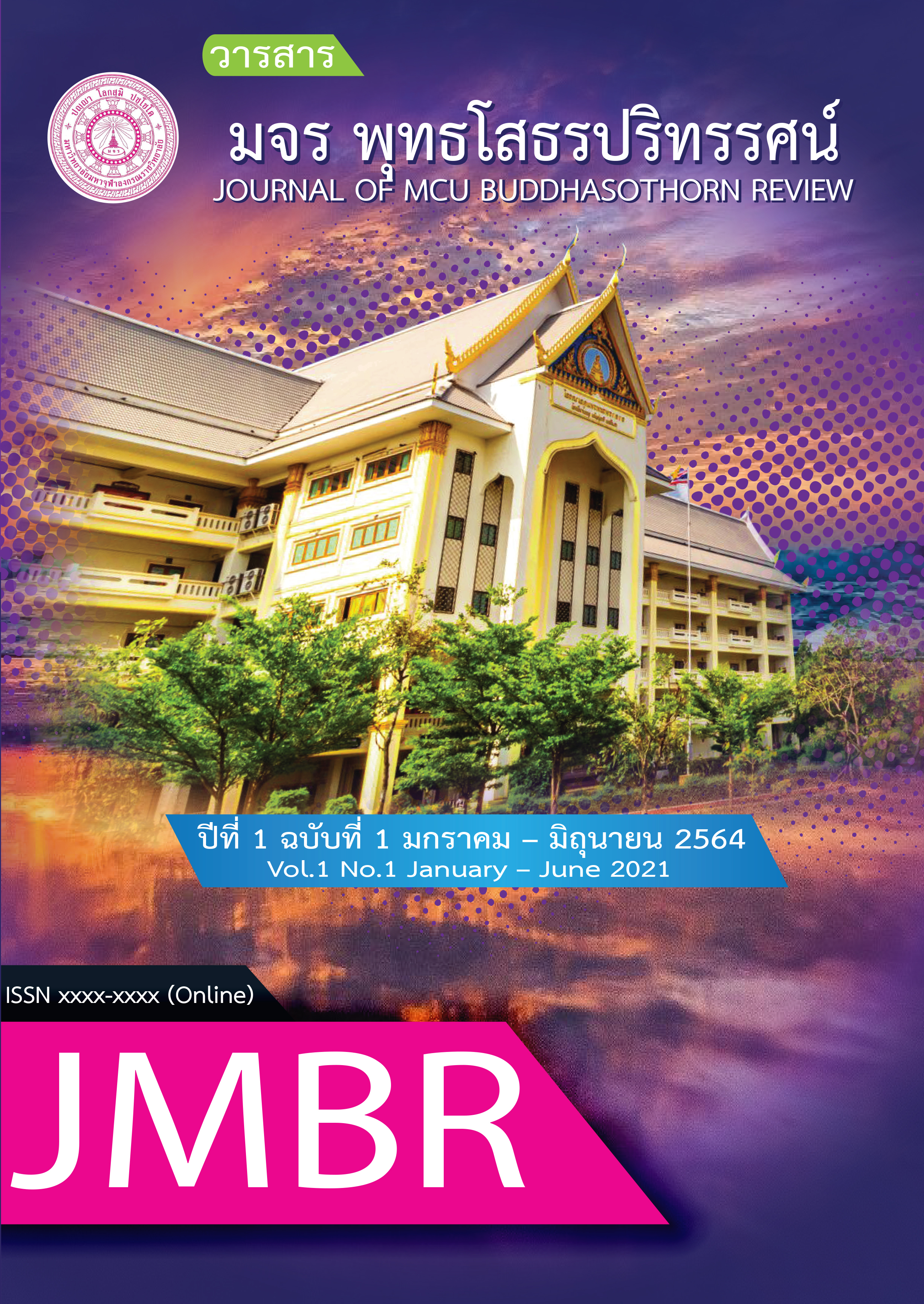Structural Analysis of the Participatory education with the classic design: a case study of 3 countries
Main Article Content
Abstract
This research was a qualitative research using structural function theory framework. The data were analyzed by content analysis technique with the classic structural analysis model. The research findings indicated that participatory education structural system in Finland, Canada and Japan, each country has three levels of structure: mainframe, braced frame and facilitate structures that 1) Finland had a structure that emphasizes area-based management at the school level, decentralized to the local, each local has the freedom to be involved in dealing with schools within their own districts in all aspects, having the power to make high levels of decision-making on education policy in each area, each area has a different education policy; 2) Canada had a structure focused on area-based management at the state level. Participation occurred through the national education assembly with this being done through the First Nations-Government of Canada terms of reference for joint collaboration 2016. It is decentralized, with each state administered through the provincial ministry of education; and 3) Japan had a structure that focuses on prefecture-level management, with the Central Education Council proceeding to decentralize educational powers and roles at all levels. Education policy emphasizes the education accessibility, Increasing the information responsibility system and providing educational opportunities for the disadvantaged and there was a school management council to making decision-making at the provincial or educational area level. The knowledge of the research is benefit to ministry of education, Education council and school for furthering the model of the effective participatory education management.
Article Details
ต้นฉบับที่ได้รับการตีพิมพ์ในวารสาร มจร พุทธโสธรปริทรรศน์ วิทยาลัยสงฆ์พุทธโสธร มหาวิทยาลัยมหาจุฬาลงกรณราชวิทยาลัย ถือเป็นกรรมสิทธิ์ของวิทยาลัยสงฆ์พุทธโสธร มหาวิทยาลัยมหาจุฬาลงกรณราชวิทยาลัย ห้ามนำข้อความทั้งหมดหรือบางส่วนไปพิมพ์ซ้ำ เว้นเสีย แต่ว่าจะได้รับอนุญาตจากวิทยาลัยฯ เป็นลายลักษณ์อักษร และเพื่อให้เป็นไปตามกฎหมายลิขสิทธิ์ ผู้เขียนทุกท่านต้องลงลายมือชื่อในแบบฟอร์มใบมอบลิขสิทธิ์ บทความให้แก่วารสาร พร้อมกับบทความต้นฉบับที่ได้แก้ไขครั้งสุดท้าย นอกจากนี้ ผู้เขียนทุกท่านต้องยืนยันว่าบทความต้นฉบับที่ส่งมาตีพิมพ์นั้น ได้ส่งมาตีพิมพ์เฉพาะในวารสาร มจร พุทธโสธรปริทรรศน์ เพียงแห่งเดียวเท่านั้น
References
สำนักงานเลขาธิการสภาการศึกษา กระทรวงศึกษาธิการ. (2559). รูปแบบการจัดการศึกษาเชิงพื้นที่: บทเรียน ทางเลือก และเงื่อนไขความสำเร็จ. กรุงเทพฯ: พริกหวานกราฟฟิค.
Arnstein, S. R. (1969). A Ladder of Citizen Participation, J Am Institute Planners, 35(11), 216- 224.
Assembly of First Nations. (2019). First Nations Control of First Nations Education. Retrieved July 30, 2019, from https://www.afn.ca/policy-sectors/education/
Lavonen J. (2020). Curriculum and Teacher Education Reforms in Finland that Support the Development of Competences for the Twenty-First Century. In: Reimers F. (eds) Audacious Education Purposes. Springer, Cham. Retrieved August 5, 2020, from https://doi.org/10.1007/978-3-030-41882-3_3
Maruszak KR, Batorova M. (2015). Citizen Participation and Engagement in Urban Governance: Perception of Finnish and Polish Local Official. The NISPACEE J Public Administration and Policy, 3(1), 85-110.
FAO. (2011). Rural structures in the tropics. Design and development. Rome.
OECD. (2013). Education policy outlook 2013: Finland. OECD Publishing.
Yamanaka S., Suzuki K.H. (2020) Japanese Education Reform towards Twenty-First Century Education. In: Reimers F. (eds) Audacious Education Purposes. Springer, Cham. Retrieved August 5, 2020, from https://doi.org/10.1007/978-3-030-41882-3_4.


